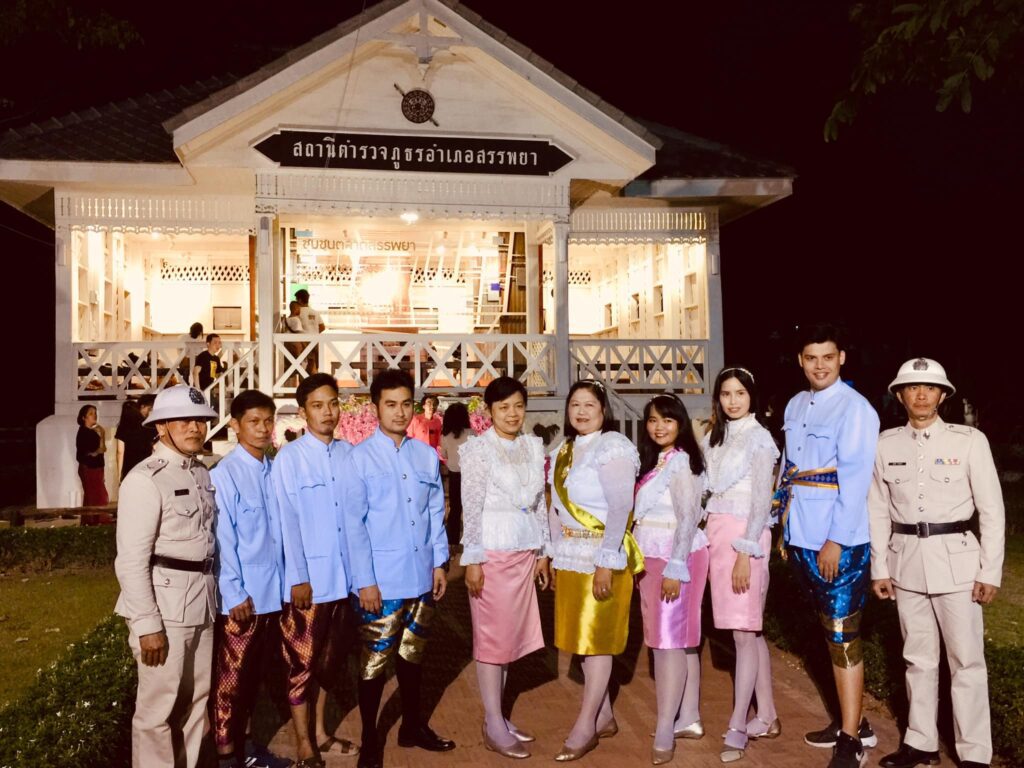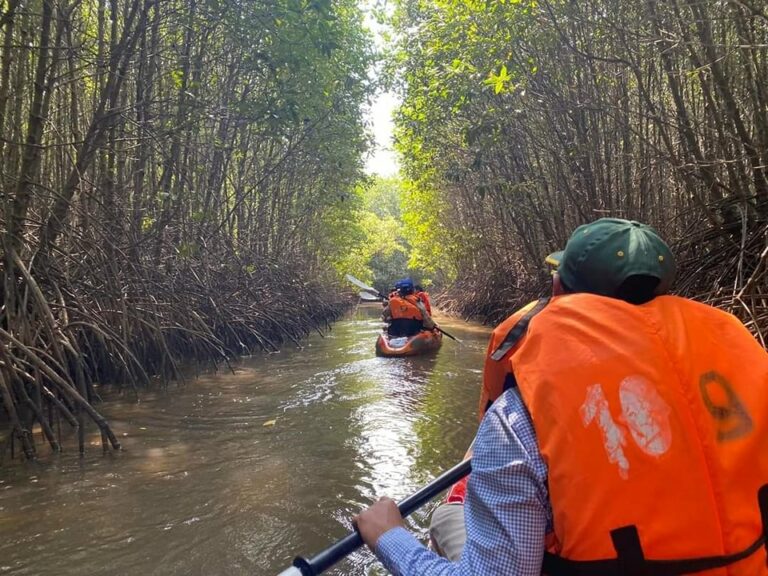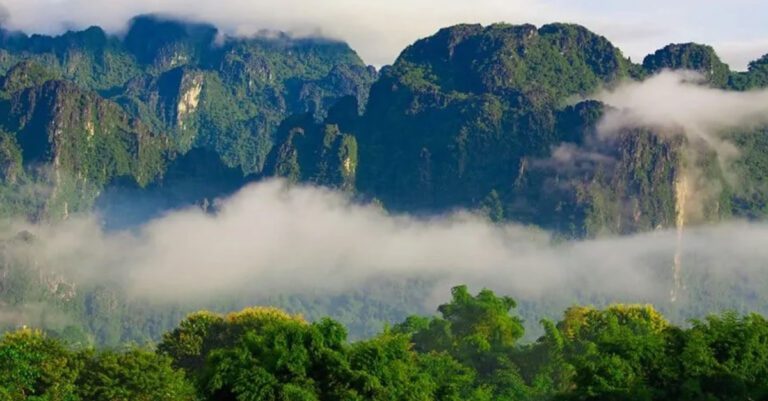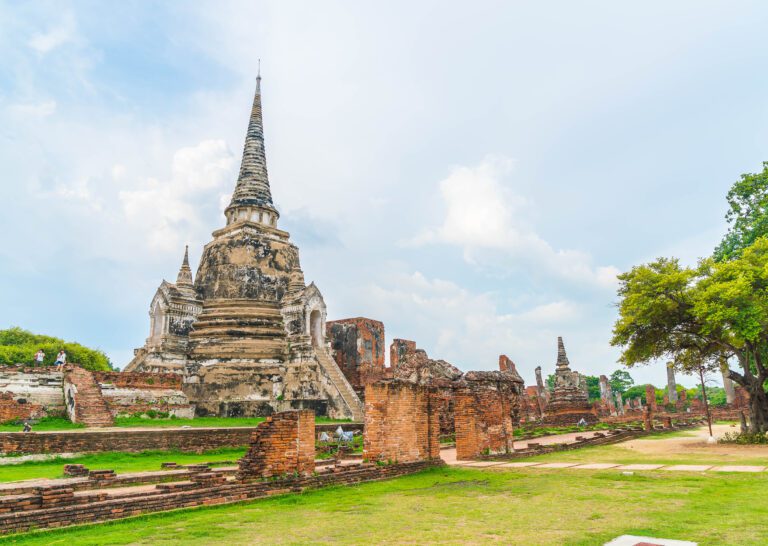The Greater Mekong Subregion (GMS) is presently experiencing a revival of tourism – but many stakeholders fear that old problems will rear their ugly head again.

In the past, rapid and unmanaged tourism growth led to concentrated tourism in a few destinations, overloading popular tourist spots and limiting the growth of other, more marginalized locations and their communities.
Fortunately, the region’s governments, local businesses and non-government organizations (NGOs) are taking lessons learned from the past, and applying them to make sure that benefits from tourism and trade are more evenly spread.
Thailand is an original proponent of Community-Based Tourism (CBT); stakeholders are working to make sure that tourist activities are spread further and more fairly across the Kingdom.
An ongoing project with Sapphaya municipality in Chai Nat province has revitalized a formerly marginalized community, creating a vibrant tourist destination around a disused police station and a “green market”. Consultants from the government, educational and private sectors helped the Sapphaya Old Market Revival Club to develop a community-based tourism plan that could generate three main pillars of sustainability: economic, social, and environmental contribution.

Image courtesy of Kaewta Muangasame
Asst. Prof. Dr. Kaewta Muangkasame of Mahidol University has been a longtime advisor for the project: she believes the project works as it does, because the locals are given a large stake in the outcome. “We had to inspire them: we [consultants] use our own knowledge to just give them a guideline, but afterward you have to let them lead by themselves as well,” she recounts.
The locals deserve full credit for all they’ve accomplished with the Sapphaya CBT project: the municipality has become a popular stop for tourists out of Bangkok, thanks to its restored heritage building and its Green Market selling local batiks, souvenirs, food and herbal products. Sapphaya has also been listed among the Top 100 Green Destinations 2022 by Green Destinations Foundation.
Supporting communities also means defending their rights. Lao PDR’s native communities need to protect their cultural intellectual property (IP) from theft, which is a cause the Traditional Arts and Ethnology Centre (TAEC) has taken up.
In 2019, TAEC raised the alarm about a multinational apparel group’s alleged plagiarism of the Oma ethnic minority group’s traditional designs. The Oma of Phongsaly Province create a colorful range of designs, which the multinational may have used in their Spring/Summer 2019 Weekend collection.

Image courtesy of Asst. Prof. Dr. Kaewta Muangkasame
“We realized how powerless a lot of these communities are to this happening over and over again,” explains TAEC director Tara Gujadhur. “Really big companies, with impunity, can take designs, utilize it, make very large amounts of money. This happens almost every fashion season, and communities have very little recourse to act, because there aren’t any good legal protections for traditional designs and traditional knowledge.”
To better protect the Oma and other ethnic groups in Lao PDR, TAEC joined the Cultural Intellectual Property Rights Initiative, a network of organizations working intellectual property issues covering cultural groups. TAEC is also working with the Lao PDR government to reform the legal framework, and is raising awareness by conducting cultural IP activities covered by social media.
With efforts like Sapphaya, TAEC’s cultural IP initiative and others taking root throughout the region, one hopes that the rising tourism tide means the lifting of all boats, including those on the Mekong’s margins.

Image courtesy of TAEC





